Six ways to keep your Kickstarter backers engaged after funding

Kickstarter is an amazing way to validate and launch your new idea. In many ways, it has revolutionized getting a new product off the ground. One of the biggest benefits is the instant exposure to a huge audience that is enthusiastic about your product. During your crowd funding campaign, you will be engaging with your newfound evangelists and getting to know them.
When your campaign is over, you'll likely send out a few Kickstarter backer updates to let your backers know about your progress. This is a great (and recommended) way of communicating with your backers. But, your audience will continue to grow after your campaign and you'll want to keep everyone (even the people who missed out on your campaign) informed, excited, and engaged. So how do you keep all of your enthusiastic customers engaged for the long term, while you work on delivering on your project?
We have put together a list of channels and how they can help you engage your user base. Each has pros and cons to consider depending on your audience and resources. It is better to focus on a select few channels and excel at them, than to try to do it all poorly.
Here are the 6 to consider:
1. Social Media
Social media is the obvious channel to build your brand and audience. There is a good chance you started using various social media channels before your Kickstarter ever launched to build traction and excitement. The media channel and how well it works for your product will depend on your product and audience. In general consumer products fare best on social media.
Social media can be used for everything from announcements to customer service questions. The broad reach and flexibility of social media is both a strength and can be a weakness. Because social media is public, it also means customer complaints or issues are public. This is not necessarily bad, but it does mean you need to have customer support keeping an eye on social media so they can respond swiftly.
Another point to consider with social media frequency. Again, the optimum for this will depend on your customer, as well as the social media network, but expect to post at least a few times each week to even tread water.
If you don't have the resources to post frequently, there are many services available that can do this for you, one example is $99 Social.

2. Email Newsletter
Keeping your Kickstarter backers engaged and updated is vital during the campaign, but should not end there. Moving beyond Kickstarter and keeping future customers up to date is just as important. A great way of doing this, is to build an email list with an informative newsletter. The newsletter is not just for product updates but should also have some value for potential customers. By providing interesting or pertinent information, potential customers will be more likely to purchase in the future or even back your next project.
The email list also has some advantages over social media and is a great way to target your customer in very specific ways. Email is still the preferred channel for promotional messaging and typically beats social for sales conversion.
You should make sure to import your backer list into your email marketing provider, and have a email list signup form on your website, to capture contact information from people who missed out on your Kickstarter.
You'll also need to be careful that your emails don't get flagged as spam. There are several resources around the web to help you with the technical side of that, but there is one obvious tip - don't be spammy! This means sending out emails that your audience will actually care about. If a week goes by and you don't have anything interesting to write an update on, don't feel pressured to. However, you want to make sure you give meaningful updates to your audience at least once a month. A great tool to start with email campaigns is Mailerlite.
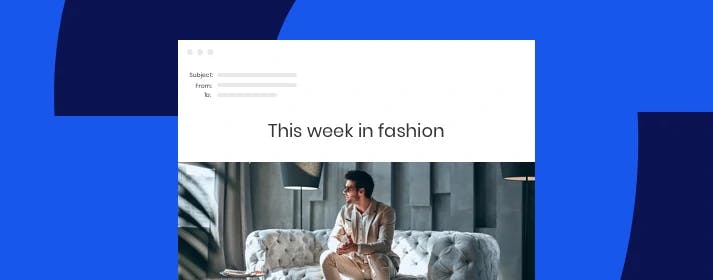
3. Forum
A community forum could be a good fit for your business if you have a large customer base or a community driven product. When forums are active, they are wonderful, providing a channel for members to help each other out, or provide solutions that you as a company would not normally address.
However, creating a thriving community forum takes a lot of time and effort, as you will need to be present, and much like social media - attentive. When questions or complaints are shared, you will need to be there to help, creating another channel for your support team to check. Unanswered questions, or lingering issues can dissuade current and potential customers. It may also be difficult for your support team to keep track of unanswered questions or issues, since forums were not designed with support in mind.
That being said, a forum has a lot to offer and can really help grow your community and foster evangelists. The forum will draw out your super fans and build a real sense of camaraderie.
Discourse is the go to service to get a forum started and is available open-source for self hosting.
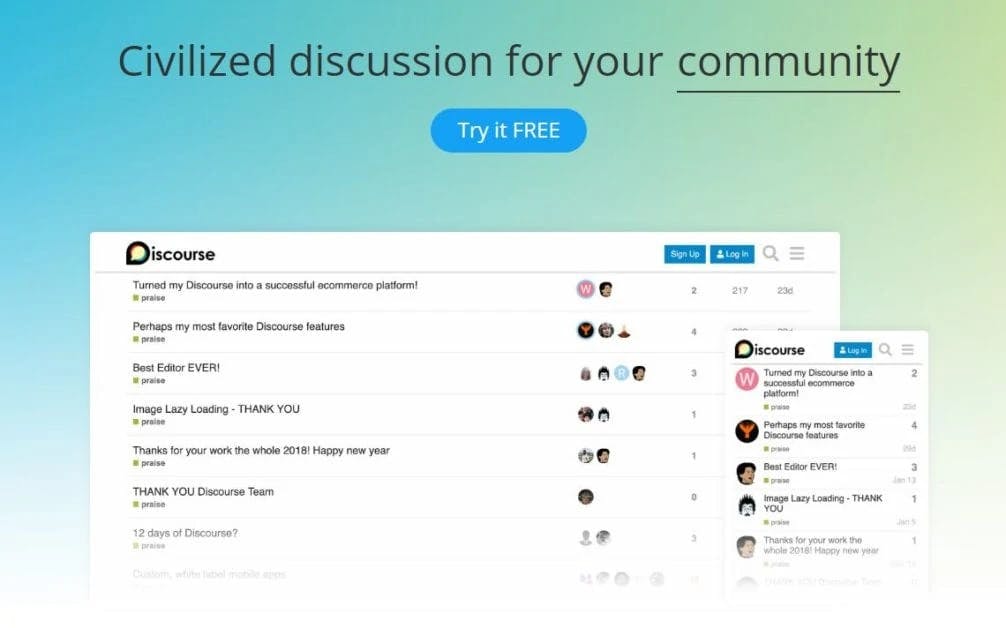
4. Blog
Similar to social media, a blog is an important channel for inbound marketing and visibility. It is also a way to personalize your brand and set you apart from competitors. Much like your Kickstarter campaign and video, a blog tells a story about you and your business. Your Kickstarter backers are often interested in the progress of your business long after they have received their product. Keeping them up to date through a blog is a great way of building loyal customer support.
In addition to building loyal customers, a blog is the best way to build SEO and bring traffic to your website. More content will give you more chances of attracting potential customers to your site through organic searches. Blogging takes time and effort that will not show immediate results, but over time the traffic generated can be much more effective than paid advertising.
Compared to some of the other channels on this list, blogs tend to generate less feedback and discussion. So, while you will be putting plenty of information out into the world, you may not get much information back.
Put your blog on the same domain as your marketing website, the SEO and traffic will build domain authority on your web domain instead of some other free blogging domain. There are countless website builders with blogging capability available, one is Zyro.
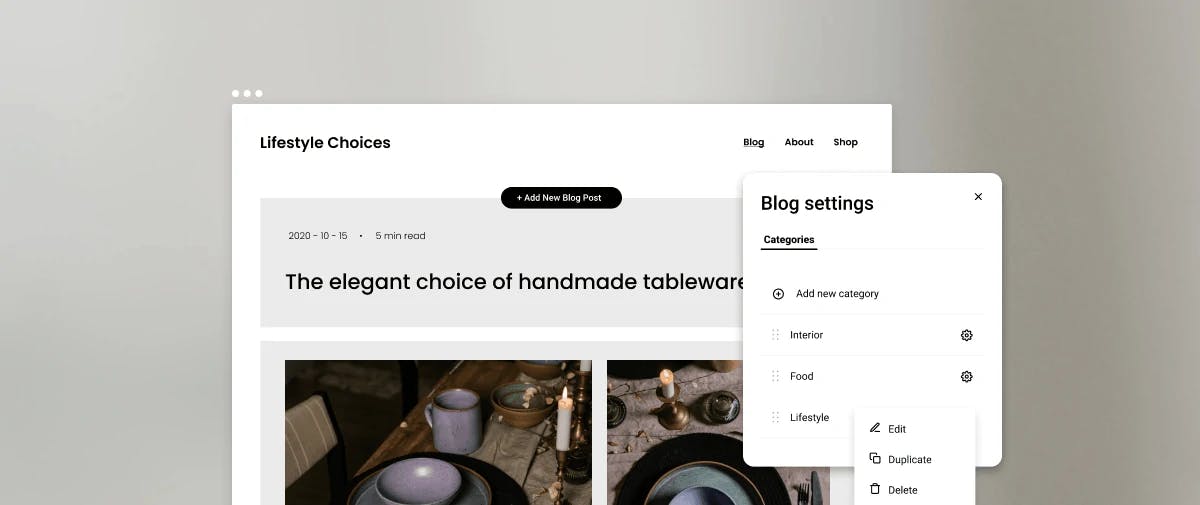
5. Feedback board
Public feedback boards are rapidly growing in popularity as they offer a simple and effective way of capturing customer feedback. In many ways they mimic the look and feel of a community forum, providing an experience that your customer is likely familiar with. Similar to a forum, they can also provide a place for customers to share ideas and feel like they are being listened to.
However, unlike a forum they are targeted toward gathering ideas and feedback and then providing that valuable insight to you. They will include administrative tools that are only accessible to your team, that help you understand and prioritize features or future work. New ideas and requests for your product will constantly flow in, and a feedback board is a great place to collect and organize that information.
Feedback boards will require much less attention compared to a typical forum because they are not intended for support issues. As administrators, you can engage with the board to follow up with discussions or update the status of an idea. Status updates for ideas will automatically be communicated via email to anyone who is following the topic, which is a great way to close the loop with your customers.
Some feedback boards pose a particularly unique challenges as they focus on up-votes instead of quality feedback in the form of discussions. The issue is more pronounced if your customer feels that voting on a feature is the primary input to what features get built. Embarkable stands out as a public feedback board that focuses on generating high quality feedback.
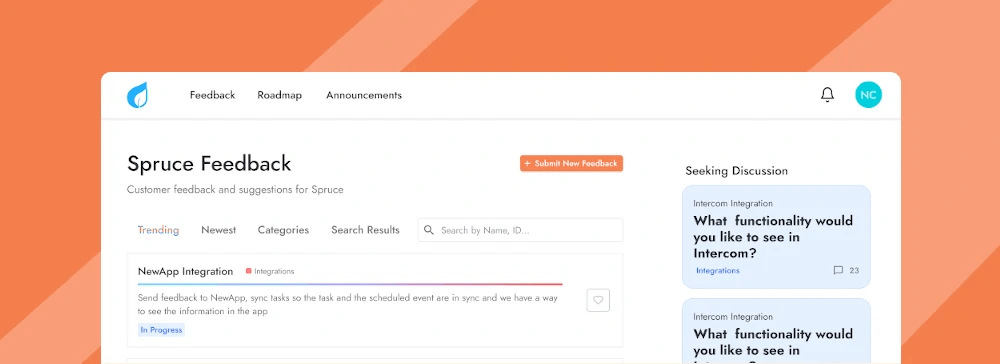
6. Helpdesk/Knowledge base
Help desks and knowledge bases are may not be considered a traditional engagement channel, but they both serve to answer your customers questions and communicate with them. A good knowledge base will drastically cut down on support requests, but it does not take the place of a dedicated support channel. A knowledge base should be well organized and up to date with the latest instructions on how to use your product. Taking the time to keep this up to date as well as comprehensive will keep your support requests down and your customers happy.
The last place most customers want to turn is to support. In most cases, people would rather find the answer they need without chatting or sending in a support request. Make sure both the support contact and the knowledge base easy to find and easy to navigate.
Help Scout offers both customer service and knowledge base options to keep your customers happy.
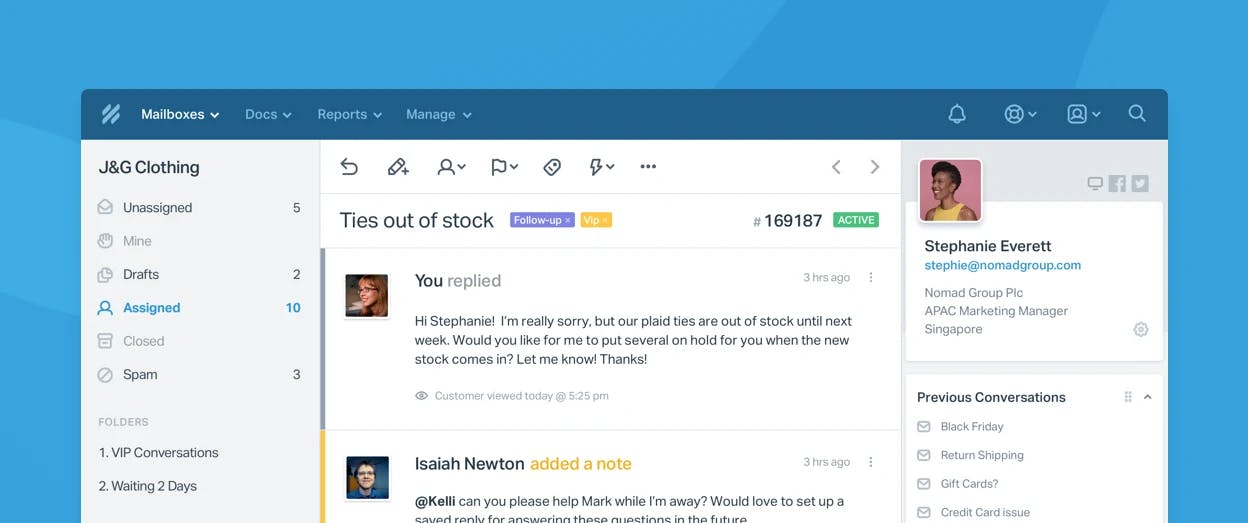
Embarkable: Turn feedback into action
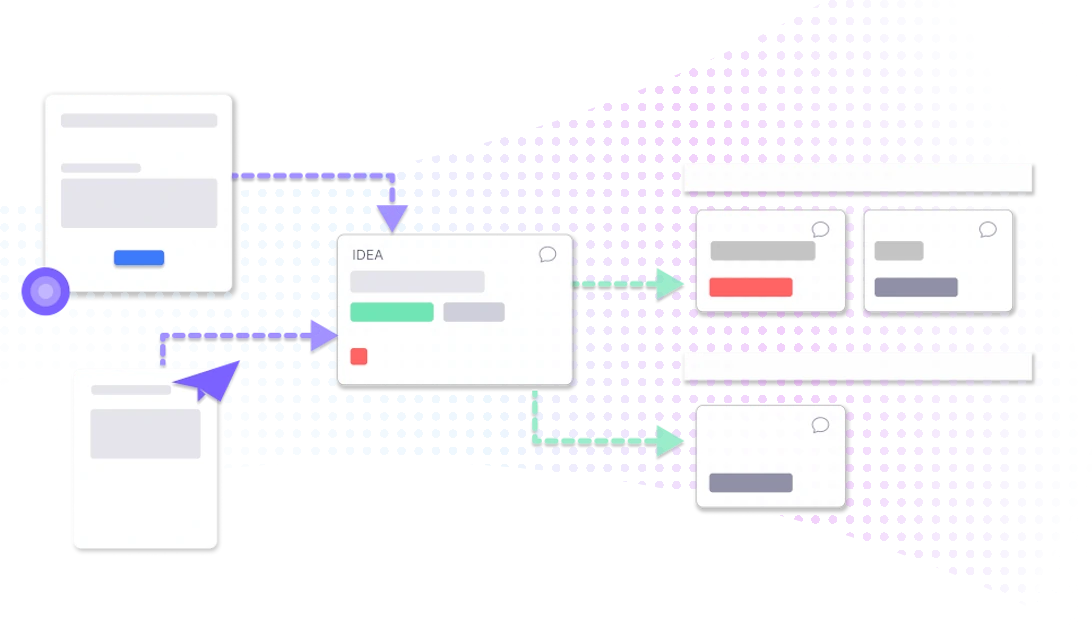
Embarkable is a product management platform that connects customer feedback to product goals to help you decide what to build, and why. It lets you consolidate feedback from many different sources so that you'll have more confidence in what to build, and a stronger understanding of your customer needs. Spend less time searching for the right insight, more time building the feature that makes the customer happy, and drive your business forward.
In addition to building roadmaps and managing product launches, Embarkable allows you to monitor a single stream of incoming feedback to keep a pulse on what users are saying - something that would be much too time consuming to do manually. When you have different team members handling support or social media, Embarkable offers peace of mind because you'll know that critical feedback isn't falling through the cracks.